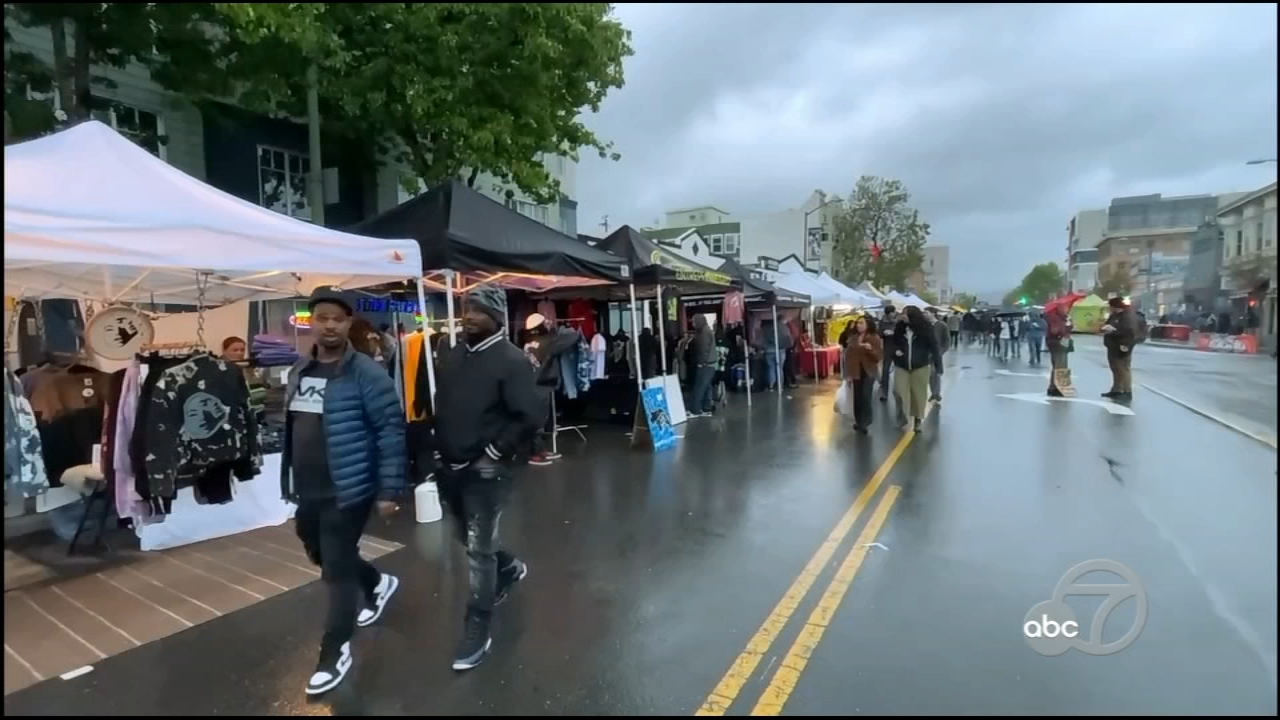Decades of data from tiny San Francisco house helps predict King Tides


SAN FRANCISCO (KGO) -- Tuesday and Wednesday's high tides were several feet higher than normal -- a phenomenon known as "king tides" that were once a mystery, but now easily predicted thanks to many decades of data.
At the end of a narrow pier in the shadow of the Golden Gate Bridge sits a tiny house with a big job: ever since the Gold Rush, it's the place where oceanographers have charted the tides coming in and out of San Francisco Bay.
"It is actually the oldest tide station in the entire hemisphere," said Mary Jane Schramm, a spokesperson for the Greater Farallones National Marine Sanctuary.
VIDEO: Watch your AccuWeather forecast
Inside the tiny wooden structure, a mechanical tide clock -- a relic of days gone by -- sits on a table with a short wooden pencil and a roll of paper still installed in it. On the opposite wall, modern equipment reads data from a pressure gauge deep beneath the water's surface and transmits it via satellite.
"And these are all on backup systems, so we have two of everything," Schramm said. "It is that critically important that the accuracy and continuity be maintained."
At the height of the Gold Rush, before NOAA monitored and forecast high and low tides, shipwrecks were common in the treacherous narrows just inside the Golden Gate.
"Fog is a huge factor, and so knowing precisely where you are and whether you're likely to have your vessel pushed into a rugged coastline, it's lit a matter of life and death," Schramm said.
Low tides can increase the odds of such a disaster for ships that sit low in the water. This week's king tides -- the highest tides of the year -- give those ships extra room to maneuver. But they also mean less room on beaches -- which can become a problem for wildlife.
"Not only does the tide itself run up onto the beach farther than it normally would, but it brings with it a lot of debris," said Kate Bimrose, a project coordinator for the Greater Farallones Association.
For seals and sea lions, it means less room for moms to nurse their newborn pups, and a danger that the young ones could get washed out to sea. For birds, the trash is the bigger problem.
"Not only do they eat marine debris, but they'll also feed it to their young, they'll use marine debris to build their nests," Bimrose said.
The Greater Farallones Association regularly surveys shorelines to track the debris, which can often stay on the beach until a storm puts it back in the water. And with storms comes another concern: erosion on beaches, which can in turn lead to flooding on streets and highways.
"We tend to see a lot of potential damage and impacts to infrastructure," Bimrose said.
But this year, she says the Bay Area has dodged a bullet: the king tides are over, and the storms have yet to begin.
Click here to download the ABC7 News App to get your weather forecast on the go. And make sure you enable push alerts for immediate notifications and severe weather alerts. Click here for weather where you live.














